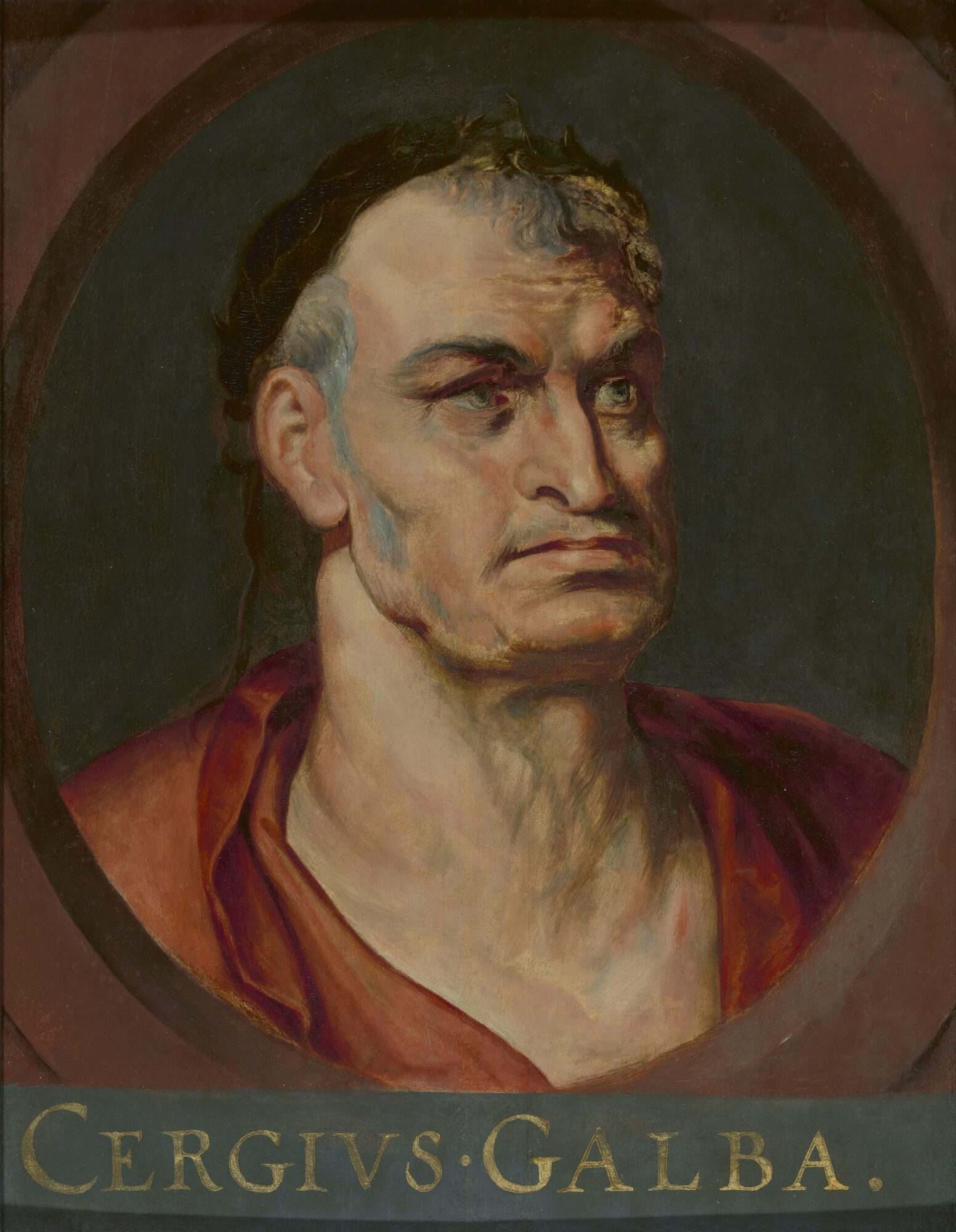Becoming Famous: Peter Paul Rubens
Peter Paul Rubens (1577–1640) is arguably the most successful Flemish Baroque painter. His works are characterized by an impressive, colorful imagery that is highly recognizable. Even during Rubens’s lifetime were people prepared to pay the highest prices for his works. But how did Rubens succeed in becoming a painter who is celebrated throughout all of Europe?
This exhibition shows how Rubens laid the foundations for his later success in Italy: he worked in Italy for the ducal court in Mantua as well as for the powerful Doge families in Genoa. Between 1600 and 1608, he continuously expanded his network and gained influential nobles, scholars and diplomats as patrons. Meanwhile, he spent his Italian years to study ancient and renaissance art in Rome and elsewhere.
One hundred paintings and works on paper tell the story of Rubens’ stay in Italy and the beginnings of his great studio in Antwerp. With the loan of Rubens’ Portrait of Emperor Servius Sulpicius Galba and the drawing A satyress Reaches for a Herm of Pan from the master’s sketchbook, The Phoebus Foundation is making an important contribution to this exhibition.

